If you’re like most Instagram users, you probably only track a handful of Instagram metrics. Maybe you check how many likes and comments your posts get, or how many followers you’ve gained in the last month. But do you really know which Instagram metrics matter and which don’t?
In this blog post, we’ll take a look at the only Instagram metrics you should be tracking in 2022. We’ll also include some benchmarks so you can see how your performance stacks up against other Instagram users.
Bonus: Get a free social media report template to easily and effectively present your social media performance to key stakeholders.
Most important Instagram metrics to track in 2022
Here are the most important Instagram metrics for 2022.
Follower growth rate
Follower growth rate shows how quickly your Instagram account is gaining or losing followers. This important metric shows you how well your Instagram content is performing and whether your target audience is engaged with your brand.
While followers might be touted as a vanity metric, your follower growth rate is a good indicator of whether your Instagram marketing campaigns are working. If you’re seeing a steady increase in followers, new people will likely discover and engage with your brand. While the exact number of followers you have is less important, the rate at which that number changes is a good metric to track.
When tracking follower growth rate, be sure to take a look at both your total number of followers as well as your net follower growth. Net follower growth is the number of new followers you’ve gained minus any you may have lost.
Follower growth rate benchmark: The average Instagram account sees a follower growth rate of 1.69% each month. If you’re not hitting that mark, check out these tips for growing your Instagram followers.
Reach and reach rate
Reach is an Instagram metric that tells you the number of people who have seen your post. This is different than impressions, which measure the number of times your post has been viewed. So, if the same person sees your message three times, that will be considered three impressions. But each user is only counted once in reach, making it a more accurate way to measure how many people have seen your content.
Reach rate is another Instagram metric that tells you the percentage of followers that see your post. To calculate reach rate, divide the total reach of a post by your total number of followers. For example, if you have 500 reach and 2000 followers, your reach rate is 25%.
Reach benchmark: The average reach rate for brands with large followings is 12% for posts and 2% for Stories.
Engagements by follower
Sure, you want more people to see your content. But you also want the people who do see it to actually care about it, right? That’s where engagements by followers come in. This Instagram metric measures the average number of times each of your followers engages with your content. The higher this number is, the better.
To calculate engagements by followers, just take the total number of engagements on your account (likes, comments, shares, and reposts) and divide it by the total number of followers you have. Then, multiply that number by 100 to get a percentage.
Here’s an example: Let’s say your Instagram account has 5,000 followers and receives a total of 1,000 engagements each month. That would give you an engagement rate by followers of 10% (500/5,000×100).
Engagements by follower benchmark: The average Instagram account sees an engagement rate of between 1% and 5%. Engagement rates by follower benchmarks are less documented, but you can assume anything over 5% to be a win. Learn how to calculate your engagement rate here.
Engagement by reach
Engagement rate by reach shows you the percentage of people who saw your content and engaged with it in some way. This includes accounts that don’t follow your page but may have seen your ads, Reels, or Instagram Stories.
To calculate engagement rate by reach, divide your total engagement rate by the number of followers your content reached. Then, multiply that number by 100 to get a percentage.
For example, let’s say you ran an Instagram ad campaign and your ad received 50 likes and a reach of 400. That would give you an engagement rate of 12.5%.
Engagements by reach benchmark: While there are no hard-and-fast rules, a good Instagram engagement rate by reach benchmark is anything above 5%.
Website traffic
Social doesn’t exist in a vacuum. In fact, the best social media strategies look at their entire digital ecosystem and how social can play a role in driving traffic to their website or app. You want your customers to not only see your content, but also take action—whether that’s making a purchase, signing up for a newsletter, or downloading an app. That’s why its important to track website traffic from Instagram.
There are a few ways to track this Instagram metric:
Google Analytics: You can track how many people visit your website from Instagram by using Google Analytics. Go to Reports → Acquisition → Channels and choose Social. From here, you’ll be able to see which social channels are bringing traffic to your website.
Instagram Insights: If you have a business profile on Instagram, you can also track website clicks from Instagram using Instagram Insights. To do this, go to your Instagram profile, click on the three lines in the top right-hand corner, and select Insights. Then, choose Accounts reached and scroll to the bottom to see Website taps.
Hootsuite: Hootsuite Team, Business, and Enterprise users get the added benefit of Ow.ly links, which add detailed tracking parameters to your Instagram links. To use Ow.ly links, select Shorten with Ow.ly while in Composer. Then, select add tracking and set custom or preset parameters. Click Apply. Data from your Ow.ly links will then be displayed in Hootsuite Analytics and you can include them in your social media reports.
Website traffic benchmark: Hey, the more traffic the better. There’s really no such thing as too much when it comes to website clicks from Instagram. If you’re not getting any traffic, consider how you’re using links and where there is room for improvement.
Story engagement
Instagram Stories are used by 500 million accounts daily. Not to mention, 58% of users say they are more interested in a brand after seeing them on Stories. This is not a feature you want to miss out on!
But, it isn’t enough to just post Instagram Stories. You need to make sure people are viewing and engaging with them. Shares, replies, likes, and profile visits are all important Instagram metrics that can help you measure the success of your Stories.
So, how can we track Story engagement?
There are a few ways. First, after you’ve posted a story to your Instagram Business profile, clicking on the eye icon on your Story will allow you to see who’s viewed it.
To get even more detailed insights, click on the graph icon. This will give you an overview of shares, replies, profile visits, and sticker clicks.
You can also add the Panoramiq Insights app to your Hootsuite dashboard. This will give you a granular look at Story analytics, number of views, and interactions.
Bonus: Get a free social media report template to easily and effectively present your social media performance to key stakeholders.
Once you have your data collected, there are two ways to measure your Story engagement.
- To measure awareness: Divide Story reach by the number of followers to see what percentage of followers are watching your Stories.
- To measure actions: Divide total interactions by total reach and multiply that by 100.
Story engagement benchmark: The average Instagram Story reaches 5% of your audience, so anything higher than that is a home run.
Instagram Reel shares
Instagram Reels are on the rise as Instagram’s fastest-growing feature. There are many ways to measure Reel performance, from reach to plays, engagement, and beyond. But we want to focus on Reel shares. Why? Because shares have the potential to double, triple, or even quadruple your reach. And that’s something worth tracking!
You can track your Instagram Reels metrics using the built-in Insights feature in Instagram.
To view Reel shares on Instagram, choose any Reel and click the three dots in the bottom right corner. Then, click View Insights. Data on likes, shares, comments, and saves will be available here. Be sure to compare reach on different Reels to see what kind of content performs best.
Reels shares benchmark: Once again, more is more here. If your content is being shared regularly, you’re doing something right. Be sure to take note of posts that receive a high number of shares and analyze what made them so successful. You can then replicate this formula for future Reels.
New Instagram metrics in 2022
Instagram is constantly evolving, and that means the platform’s metrics are constantly changing too. To keep up with the latest Instagram trends, you need to be aware of the new metrics that will be important in 2022.
Some of the most important Instagram metrics to keep an eye on include:
- Stories look-through rate: This new Instagram metric shows how many people watch your Stories from beginning to end. It’s a good way to measure the quality of your content and see if people are actually interested in what you’re sharing.
- Drop-off rate: Instagram will now show you how many people watch your videos all the way through. This is a great metric to track if you’re using Instagram to promote your products or services, as it’ll give you an idea of how engaging your videos are.
- Engaged audience: Use this metric to see demographic insights including location, age, and gender for anyone who has engaged with your content. This includes people who follow you and people who don’t.
- Reels interactions: The total likes, comments, shares, and saves your Reels have received.
There you have it! The most important Instagram metrics for 2022. Want to keep learning? Check out our complete guide to Instagram Analytics for Business today.
Grow your Instagram presence faster with Hootsuite. Schedule posts and Stories ahead of time, and monitor your efforts using our comprehensive suite of social media analytics tools. Try it free today.
Easily track Instagram analytics and generate reports with Hootsuite. Save time and get results.
The post The Only Instagram Metrics You Really Need to Track in 2022 appeared first on Social Media Marketing & Management Dashboard.

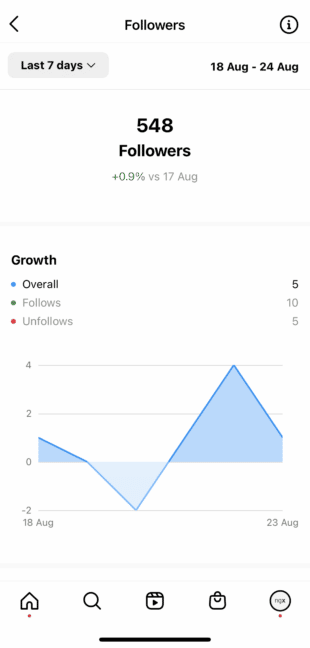
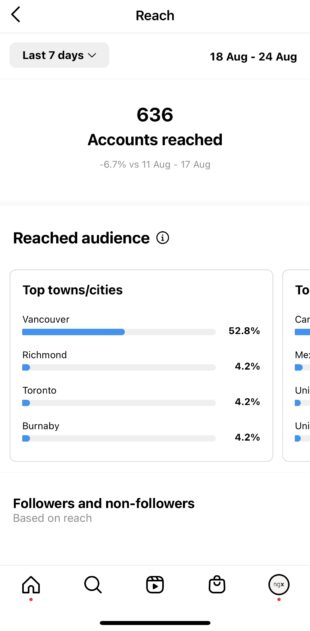

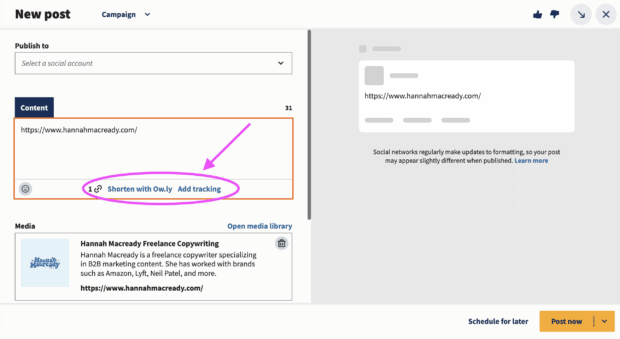
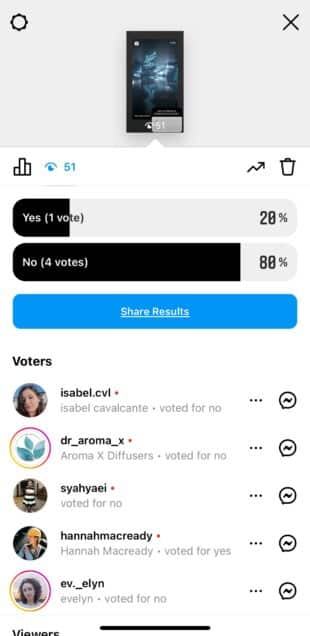
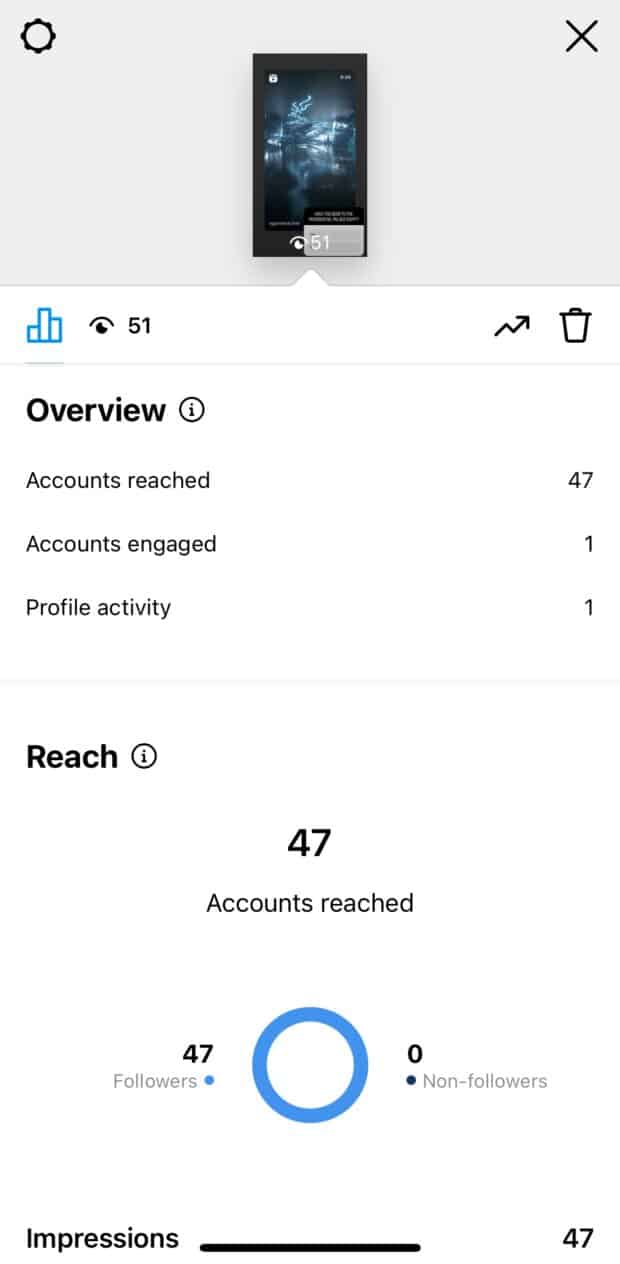
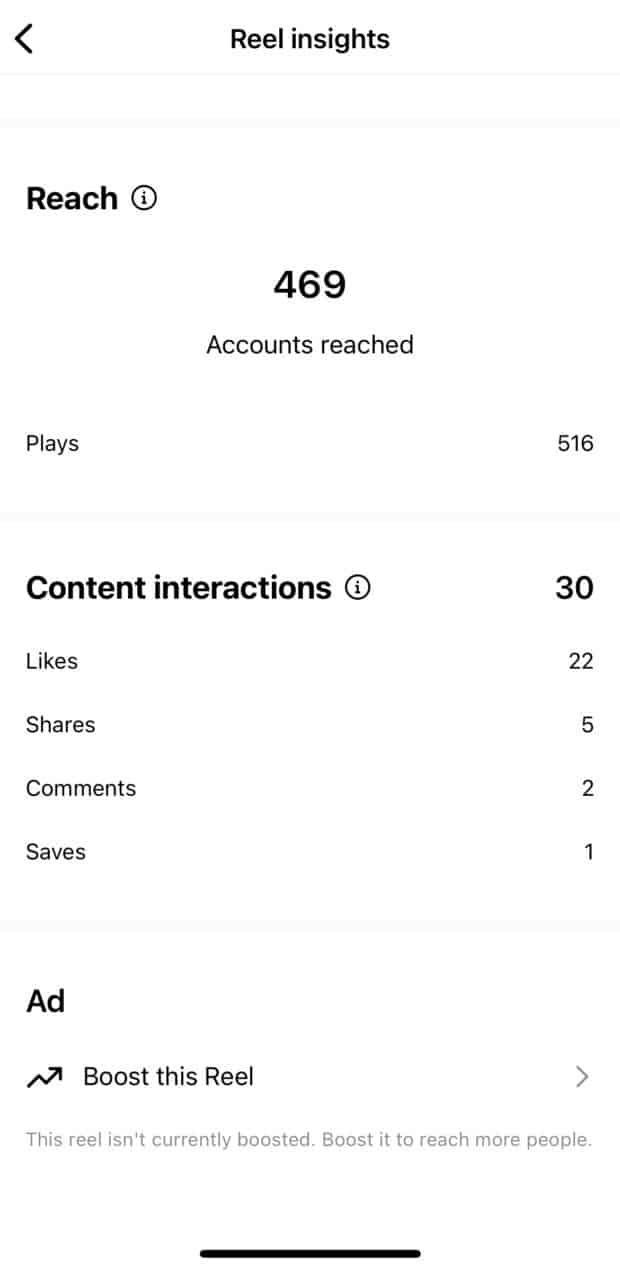




Recent Comments